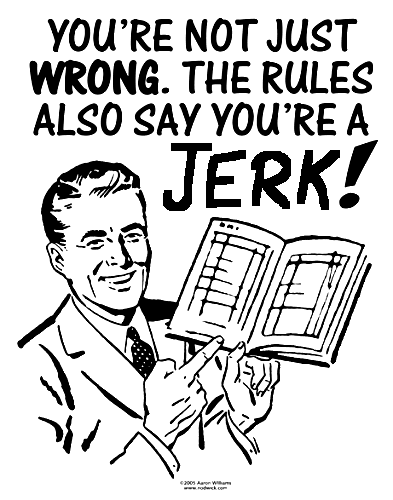Camps for To The Strongest
/In addition to the extra figures I need for To The Strongest, my current war game of choice, I also need some camps: about six i.e. three a side. They need to be big enough to take a guardian unit (so at least 120mm wide) and deep enough to carry a bit of “dressing”.
The components for these I picked up at Warfare on Sunday, still one of my favourite shows, and quickly painted up as follows:
I’m not sure where the bases came from, but the pyramids, huts and Sphinx all came from The Square, an excellent place to find all sorts of useful bits of resin. I always make my way there at the end of the day and spend whatever I have left in my pockets!
They paint up easily as well. The huts are undercoated in light brown, then very heavily dry-brushed white with the roofs dry-brushed in a variety of yellowy-brown colours. What makes the difference is that I have filled in the doorways and windows with a bit of woven hemp: giving a bit of depth and texture.
The Sphink and pyramids are simply painted sand yellow, washed with GW Agrax Earthshade, and then dry-brushed with GW Screaming Skull. Whole lot took me about half an hour.








































